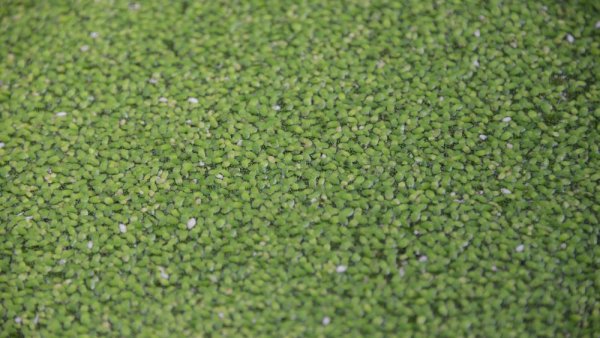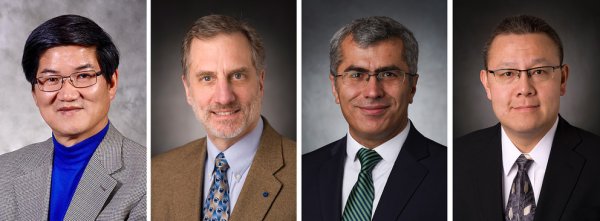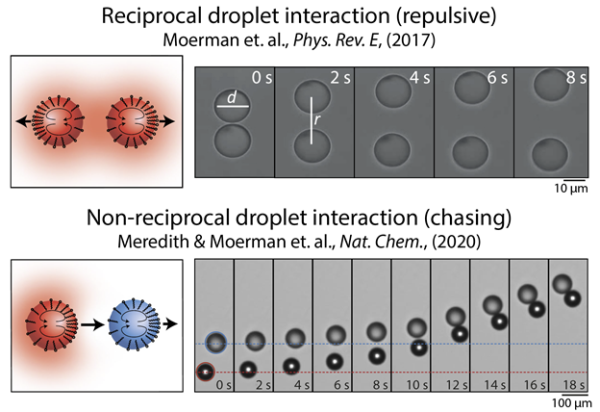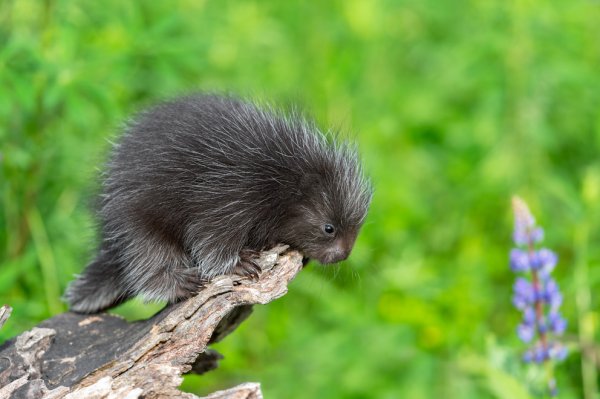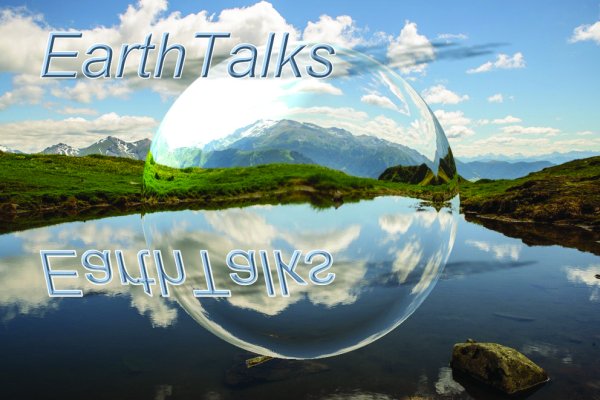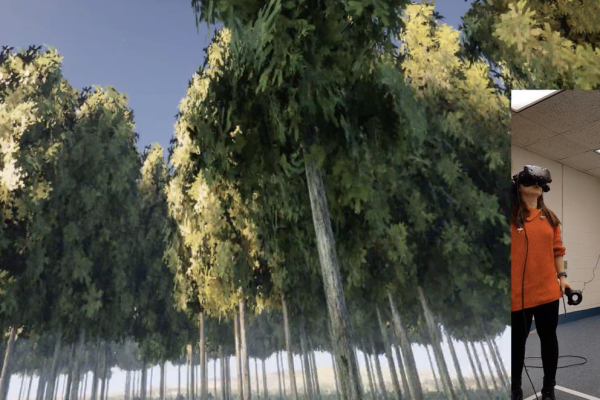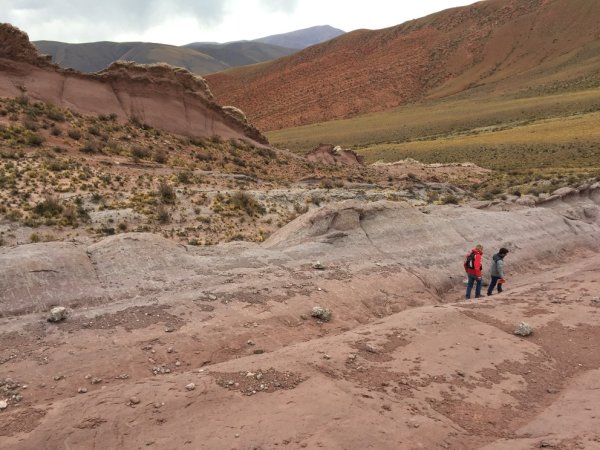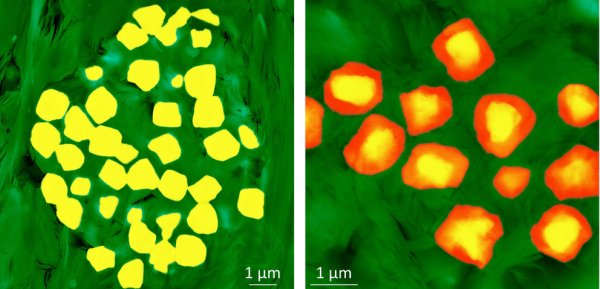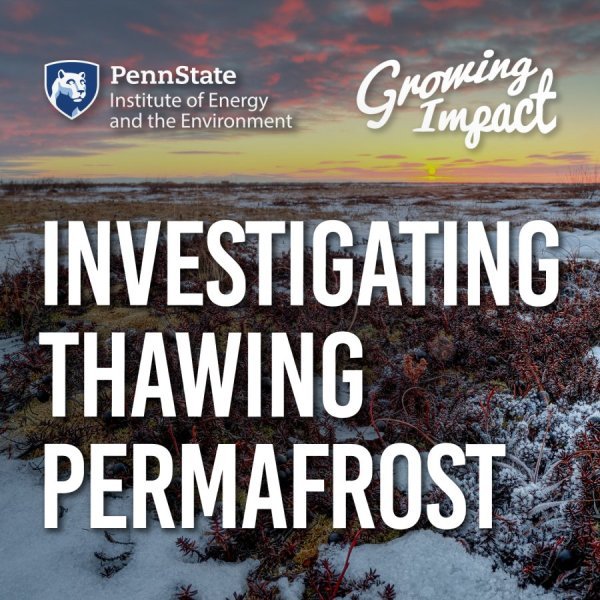University endorses climate change letter to world leaders
| news.psu.edu
Penn State was one of 37 international universities that endorsed a letter drafted by the International Universities Climate Alliance that urged world leaders to protect humankind from climate change.
Researchers aim to 'upcycle' nutrient waste on farms using duckweed
| psu.edu
With a $1.7 million grant from the National Science Foundation, Penn State researchers will investigate how duckweed could be grown on Pennsylvania farms to limit nutrient pollution into the Chesapeake Bay.
Four College of Engineering faculty named to 2020 Highly Cited Researchers list
| news.psu.edu
Four faculty members in Penn State’s College of Engineering were recently recognized as “Highly Cited Researchers” by the Web of Science Group in 2020.
New funding program to help advance living multifunctional materials
| news.psu.edu
The Convergence Center for Living Multifunctional Material Systems has announced the inaugural Living Multifunctional Materials Collaborative Research Seed Grant Program 2021, aimed at advancing the discovery of sustainable materials that are biological or inspired by biological principles.
Seven Penn State faculty named AAAS Fellows
| psu.edu
Seven Penn State faculty members in areas ranging from atmospheric science and engineering to medicine and computer science have been named fellows of the American Association for the Advancement of Science, the world’s largest general scientific society. This year a total of 489 individuals are being recognized with this lifetime honor, bestowed by their peers, for their extraordinary achievements in advancing science.
Chasing science, catching collaborators
| chemistrycommunity.nature.com
Oil droplets in surfactant solutions can chase each other like predators chase prey. How fast the droplets move and whether the predator will catch up can be controlled by varying the droplet's composition. This is the story of how we learned that.
Spring symposium, seed grants to promote transdisciplinary biodiversity research
| news.psu.edu
The Sustainability Institute at Penn State is hosting transdisciplinary symposia on biodiversity throughout the spring 2021 semester. The virtual series, "Mainstreaming Biodiversity in the Decade of Action," aims to expand collaborative networks and to inspire creative strategies to promote biodiversity in urban, agricultural and natural areas in order to improve human and ecological health and well-being.
Virtual seminar offers inside view of challenges to diversifying geoscience
| news.psu.edu
Vernon Morris, professor of chemistry and environmental sciences at Arizona State University and a leading proponent of the #notimeforsilence call to action, will discuss challenges to achieving equitable representation in the geosciences at 4 p.m. Monday, Nov. 23. The talk will be broadcast via Zoom: https://psu.zoom.us/s/767635597.
Biochar from agricultural waste products can adsorb contaminants in wastewater
| news.psu.edu
Biochar — a charcoal-like substance made primarily from agricultural waste products — holds promise for removing emerging contaminants such as pharmaceuticals from treated wastewater. That’s the conclusion of a team of researchers that conducted a novel study.
University center advances energy, environmental knowledge via virtual reality
| news.psu.edu
The Center for Immersive Experiences provides energy and environment researchers virtual platforms to better communicate their science.
Researchers use minerals from ancient soils to reconstruct past climate
| news.psu.edu
When the geological epoch known as the Paleocene ended and the Eocene began nearly 56 million years ago, Earth’s atmospheric carbon dioxide levels ranged between 1,400 and 4,000 parts-per-million (ppm). An international team of scientists, including Penn State's Timothy White, measured the heat and humidity caused by these high CO2 levels using tiny minerals called siderites.
Landscape to atomic scales: Researchers apply new approach to pyrite oxidation
| news.psu.edu
A new, multi-scale approach shows that fractures and erosion at the Earth’s surface control the rate of pyrite oxidation deep underground, leaving behind iron oxide "fossils" that retain pyrite's shape.


